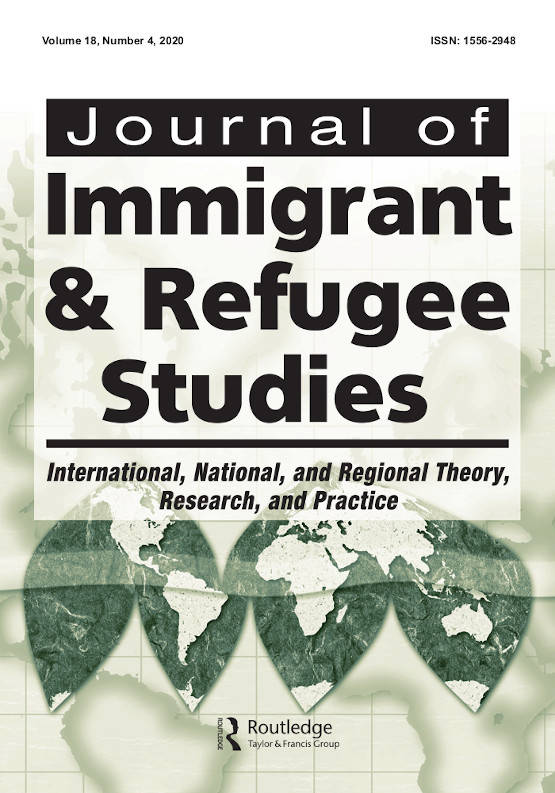Journal of Immigrant & Refugee Studies began as Journal of Immigrant & Refugee Services with an emphasis on issues affecting the lives of newcomers, especially in the United States. It is today more similar in scope to other general migration journals. The journal's aims and scope state that it 'is unique in its character as it covers both migration and refugee studies'. This is somewhat misleading since all the general migration journals consider refugee issues integral to migration studies. However, the proportion of articles specifically about refugees is higher in Journal of Immigrant & Refugee Studies. The journal has had a remarkable growth in the number of citations over the past few years.
How established is it?
Journal of Immigrant & Refugee Studies is 21 years old (launched in 2002) and is published by Routledge. The journal publishes about 30 articles per year. It is included in 4 of the databases used for compiling the PRIO Guide to Migration Journals (Google Scholar Metrics, Scimago Journal Ranks, Scopus, and Web of Science Core Collection).
How much are the articles cited?
The proportion of articles in Journal of Immigrant & Refugee Studies that are cited at least once within a few years of publication is higher than average for journals included in the guide. The average number of citations to each article is also higher than average. See Scimago for additional information on citations.
What are the options for open access?
Journal of Immigrant & Refugee Studies has a hybrid publication model, meaning that only subscribers have access to all articles, but that individual articles can be made open access on the basis of paying a fee. See the journal's Sherpa Romeo page about the conditions for sharing the accepted manuscript online (Green Open Access).
How long are the articles?
Journal of Immigrant & Refugee Studies invites articles of 7000 to 8000 words. For more information about submissions and access to past articles, see the journal's web site.






